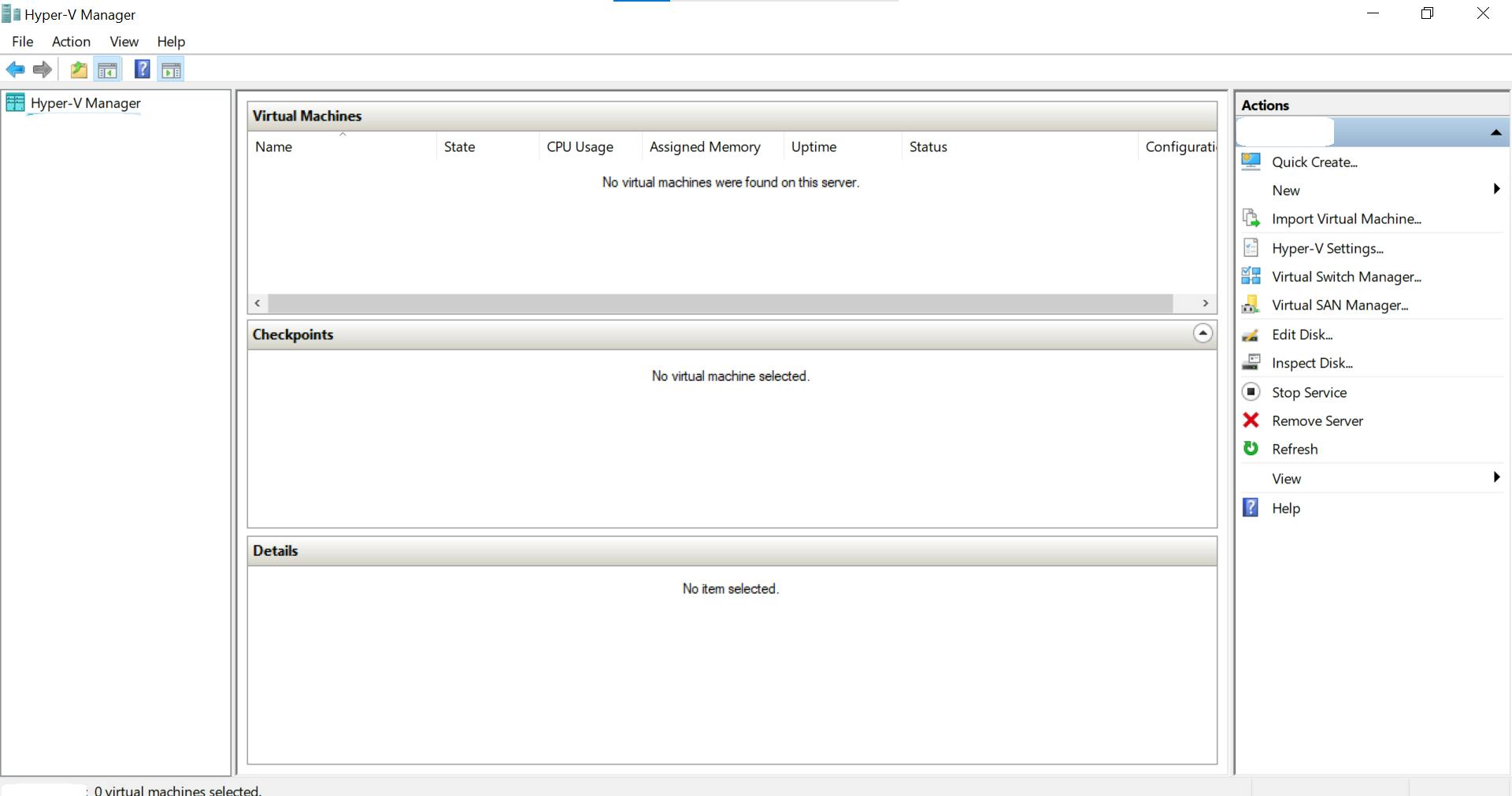Day 2: What is Virtualization?
Module 1: Cloud Computing Fundamentals
Topic 2: Virtualization
What is Virtualization?
Virtualization is a technology that allows multiple operating systems and applications to run on a single physical server or host, by creating virtual machines (VMs). Each VM acts as a self-contained computer system with its own processor, memory, storage, and network interface while sharing the physical resources of the host.
Some of the benefits of virtualization include:
Consolidation: Virtualization allows organizations to consolidate multiple physical servers into a single physical server, reducing hardware costs and increasing resource utilization.
Flexibility: Virtual machines can be easily created, deleted, and moved between hosts, providing flexibility and agility to IT operations.
Isolation: Virtual machines are isolated from one another, providing security and stability to applications and operating systems.
There are different types of virtualization, including:
Server virtualization: This type of virtualization allows multiple operating systems to run on a single physical server. Each operating system runs in its own virtual machine, with access to its own dedicated resources.
Desktop virtualization: This type of virtualization allows multiple virtual desktops to run on a single physical desktop or server. Each virtual desktop is isolated from the others, providing users with a secure and personalized workspace.
Application virtualization: This type of virtualization allows applications to be delivered to users on demand, without requiring them to install the application on their local devices. Applications run in a virtual environment, with all required dependencies and settings, and can be accessed from any device with an internet connection.
In summary, virtualization is a technology that allows multiple operating systems and applications to run on a single physical server or host, providing benefits such as consolidation, flexibility, and isolation. There are different types of virtualization, including server, desktop, and application virtualization, each with its own benefits and use cases.
Virtualization is the process of creating a virtual version of a physical resource, such as a server, storage device, network, or operating system. It enables multiple virtual environments to be created on a single physical resource, allowing better utilization of hardware resources and providing a more efficient and flexible IT infrastructure.
For example, server virtualization allows multiple virtual machines to run on a single physical server, with each virtual machine functioning as if it were a separate physical server. This enables more efficient use of hardware resources and allows organizations to run multiple operating systems and applications on a single physical server.
Virtualization is achieved through software known as a hypervisor, which creates and manages virtual environments on physical resources. The hypervisor is installed on the physical resource and creates one or more virtual machines, each with its own operating system, applications, and storage. Virtual machines can be easily created, modified, or deleted, and resources can be dynamically allocated to meet changing demands.

Virtualization has become an essential technology in modern data centers, providing benefits such as increased efficiency, cost savings, improved availability, disaster recovery, and greater flexibility and scalability.